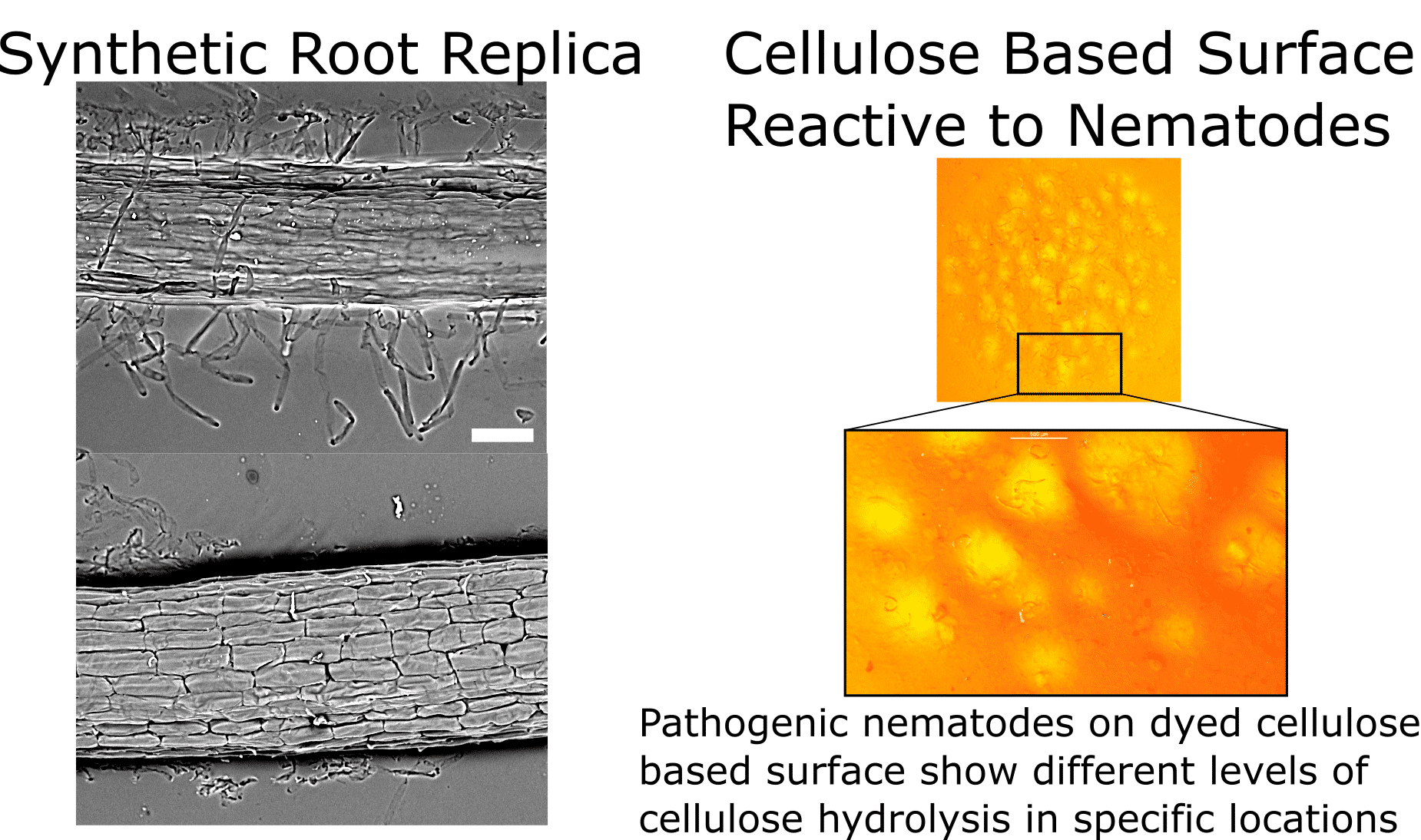
Novel reactive cellulose based biomimetic surfaces for biological research
2Agro-Nanotechnology and Advanced Materials Center, Agricultural Research Organization (Volcani Center), Rishon-Lezion, Israel
Biomimetics is a field of study at the interface of biology and material sciences using chemistry and materials to mimic biological systems. The goal is generating synthetic systems, inspired by biological solutions, to better mankind. We are using biomimetics as a tool to better understand the biological system itself. Our model system includes plants, and specifically plant surfaces. We are studying the influence of plant surface, especially the microstructure of the surface, on the interaction between the plant and its biotic environment, using biomimetics.
Plant leaves were used in the past as an inspiration and templates to generate surfaces, mostly in the context of super hydrophobic/self-cleaning surfaces. However, the effect of this surface structure in the biological context has rarely been addressed. In addition, the plant root surface microstructure was never mimicked in a synthetic system, hence leaving research questions regarding the effect of root surface microstructure on plant-environment interaction unanswered.
I will present a biomimetic tool for studying root-environment interactions that we developed. We revised the soft lithography method, previously used on leaves, into plant roots. Our system mimics the root surface microstructure using cellulose derivatives. Our dynamic system is degradable by cellulase enzymes, secreted by most plant pathogens. Our system enables the live tracking of both location and activity of plant pathogenic nematodes. Hence, our system enables studying the influence of microstructural features on microorganism’s location and behavior in a biologically related context. This synthetic system offers a new platform for studying biological systems from a previously overlooked angle. It also represents a novel dynamic synthetic system enabling degradation in a controlled localized fashion.

Powered by Eventact EMS